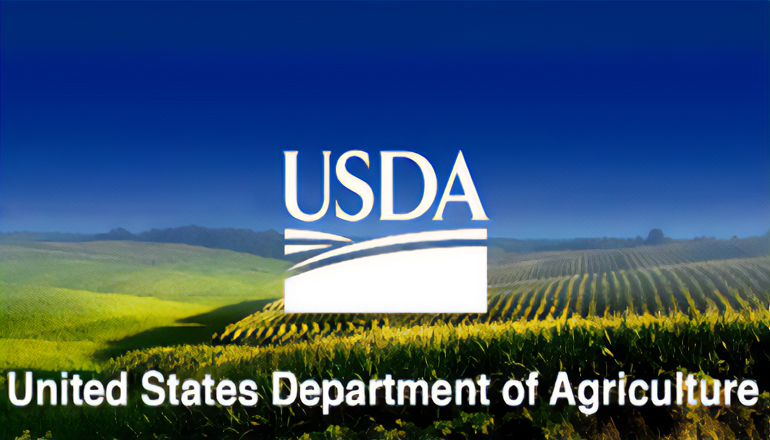Agricultural producers who have not yet completed their crop acreage reports after planting should make an appointment with their local Farm Service Agency (FSA) service center before the applicable deadline. July 15 is a major deadline for most crops, but acreage reporting deadlines vary by county and by crop. Producers should make an appointment as soon as possible to avoid missing earlier deadlines.
“To be eligible for many of our programs, including disaster assistance, you will need an acreage report on file,” said FSA Administrator Zach Ducheneaux. “To ensure you can benefit from our many programs, including disaster assistance, please be sure to call your local FSA office to make an appointment to report your acreage. As a reminder perennial forage is eligible for continuous acreage reporting, which allows producers to report their acreage once and keep their certification in place until they make a change.”
The Administrator added, “Continuous acreage reporting provides an opportunity to substantially streamline producers’ applications for assistance. With protracted drought conditions across the Great Plains and the Western United States, producers who had previously filed a continuous acreage report benefitted from a streamlined application process for disaster programs like the Livestock Forage Disaster Program. I encourage producers to continue taking advantage of this tool and simplify their ability to apply for assistance.”
An acreage report documents a crop grown on a farm or ranch and its intended uses. Filing an accurate and timely acreage report for all crops and land uses, including failed acreage and prevented planted acreage, can prevent the loss of program benefits.
How to File a Report
Producers can contact their FSA at their local USDA Service Center for acreage reporting deadlines that are specific to their county.
To file a crop acreage report, producers need to provide:
- Crop and crop type or variety.
- Intended use of the crop.
- The number of acres of the crop.
- Map with approximate boundaries for the crop.
- Planting date(s).
- Planting pattern, when applicable.
- Producer shares.
- Irrigation practice(s).
- Acreage prevented from planting, when applicable.
- Other information as required.
Acreage Reporting Details
The following exceptions apply to acreage reporting dates:
- If the crop has not been planted by the acreage reporting date, then the acreage must be reported no later than 15 calendar days after planting is completed.
- If a producer acquires additional acreage after the acreage reporting date, then the acreage must be reported no later than 30 calendar days after purchase or acquiring the lease. Appropriate documentation must be provided to the county office.
- If crops are covered by the Noninsured Crop Disaster Assistance Program, acreage reports should be submitted by the applicable state, county, or crop-specific reporting deadline or 15 calendar days before grazing or harvesting of the crop begins.
Producers should also report crop acreage they intended to plant but were unable to because of a natural disaster.
Prevented planting acreage must be reported on form CCC-576, Notice of Loss, no later than 15 calendar days after the final planting date as established by FSA and USDA’s Risk Management Agency (RMA).
FSA offers continuous certification for perennial forage. This means after perennial forage is reported once and the producer elects continuous certification, the certification remains in effect until a change is made. Check with FSA at the local USDA Service Center for more information on continuous certification.


